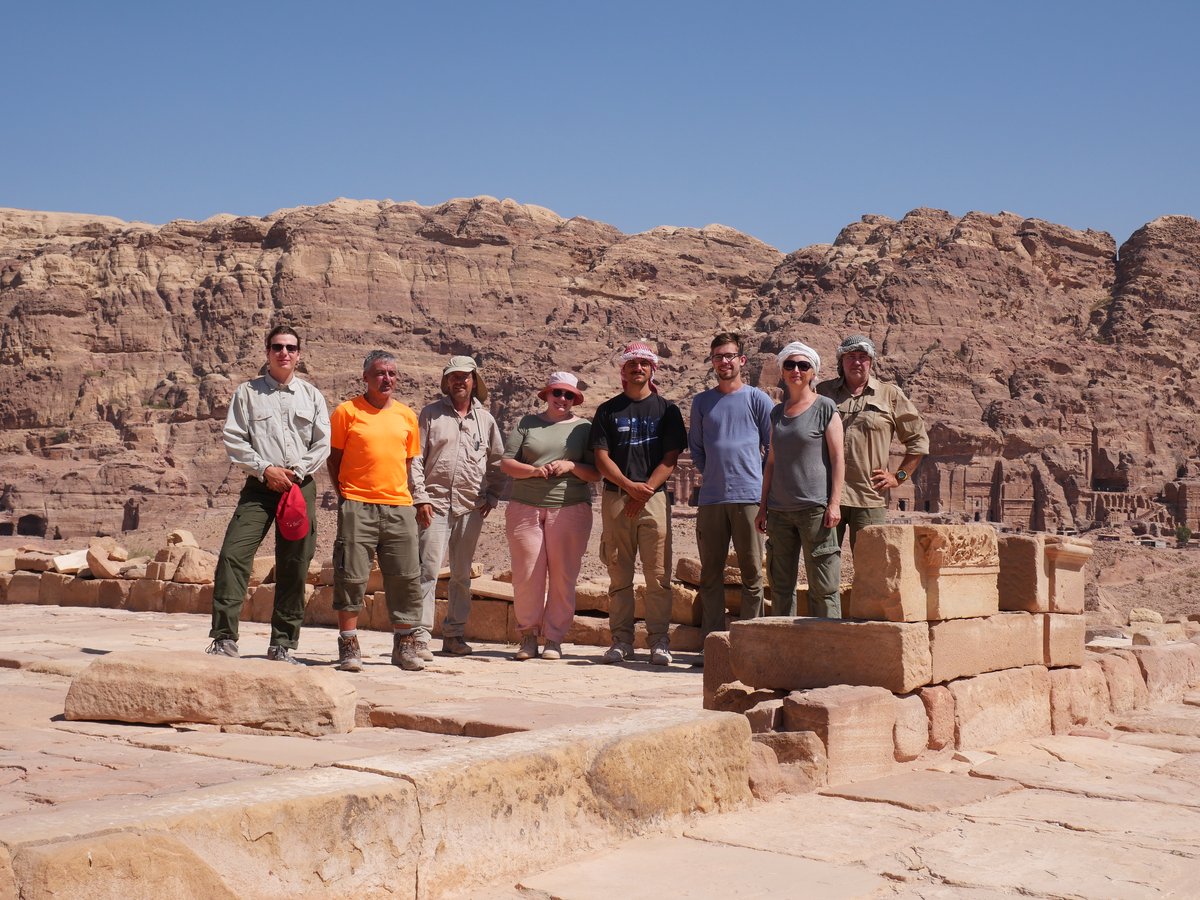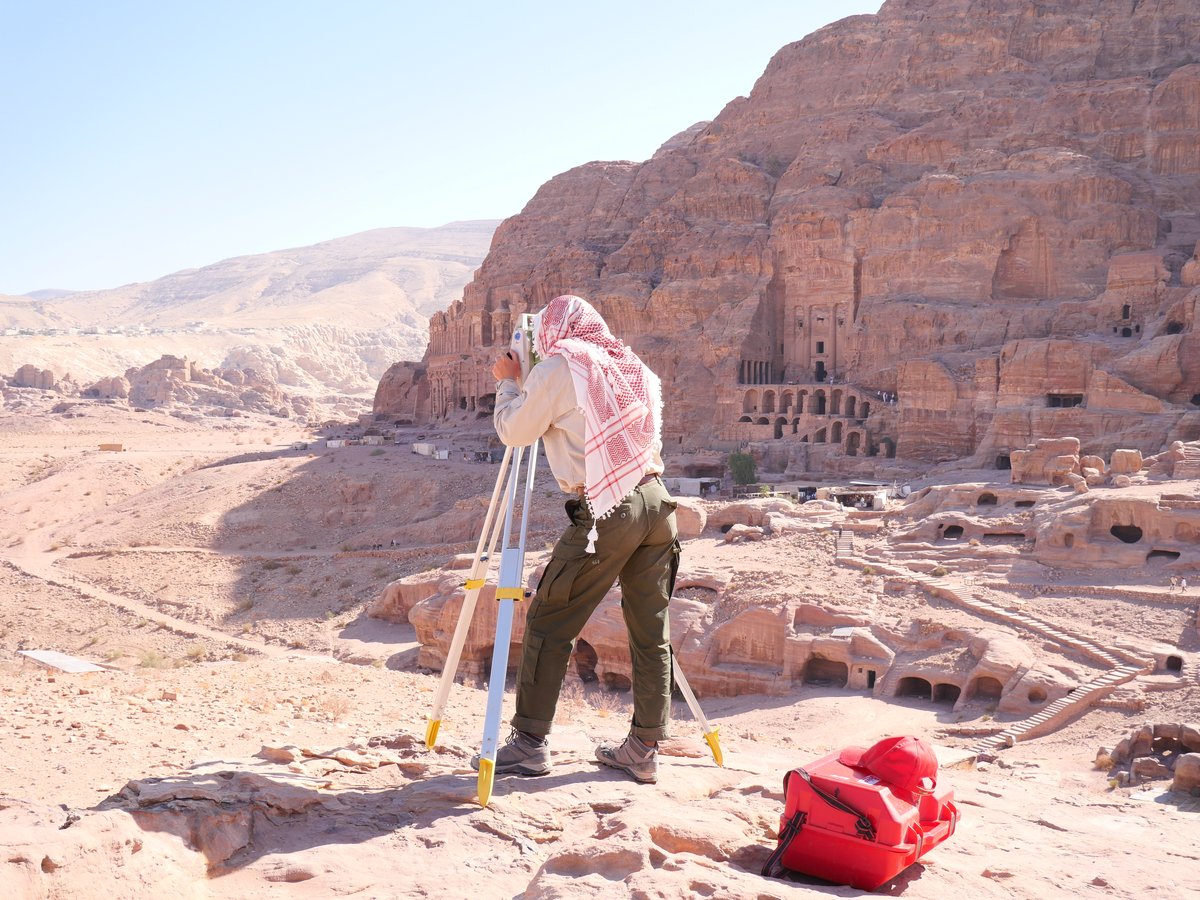Research in the world cultural heritage
The project, funded by the German Research Foundation (DFG) with 350,000 euros, is concerned with research into the urban development of ancient Petra. The site has been a World Heritage Site since 1985. In contrast to the famous rock-cut facades, much of the free-standing architecture of the city center has never been extensively studied. This research gap is now to be closed by the scientists of the BTU in cooperation with Prof. Dr. Stephan G. Schmid of the Chair of Classical Archaeology at the Humboldt University of Berlin.
A team will be working on site until the end of April 2023 to survey the southwestern districts of the city. In the process, they have discovered a large water reservoir from which several water pipes branch off. Among other things, they feed a well-preserved cistern.
The aspect of water management appears to be of particular relevance with regard to the present. Ancient sources describe Petra as a green place without any water shortage. In view of the aridity prevailing there today, the question arises as to how the Nabataeans managed to efficiently use this resource, which is currently so scarce.
In a first step, the researchers from the Department of Architectural History began surveying the ancient city last summer. They were supported by staff from the Department of Building Informatics, Geodesy and GIS. All buildings and archaeological remains within the city walls are currently being recorded in a digital city map. After completion of the project, this map will be available for future research, for the Jordanian Antiquities Service and for the Petra Development and Tourism Regional Authority.
Further documentation and evaluation are already underway in parallel. "The focus is explicitly not only on the individual buildings that together make up the city, but also on social, societal and cultural functions and their interaction, as well as on technical aspects of the city, such as water supply and disposal, traffic, etc.," explains the head of the project, Prof. Dr. Alexandra Druzynski von Boetticher from the Department of Architectural History at the BTU.
The ancient city of Petra lies at the crossroads of several caravan routes that connected Egypt with Syria and southern Arabia with the Mediterranean. Because of its secure water supply, Petra was a popular stop for caravans. The Nabataeans were ancient northwestern Arab nomads until they settled in the Petra area in the 3rd century BC and made the site the capital of their kingdom.
Specialist contact
Baugeschichte
T +49 (0) 355 69-2944
druzynski(at)b-tu.de


